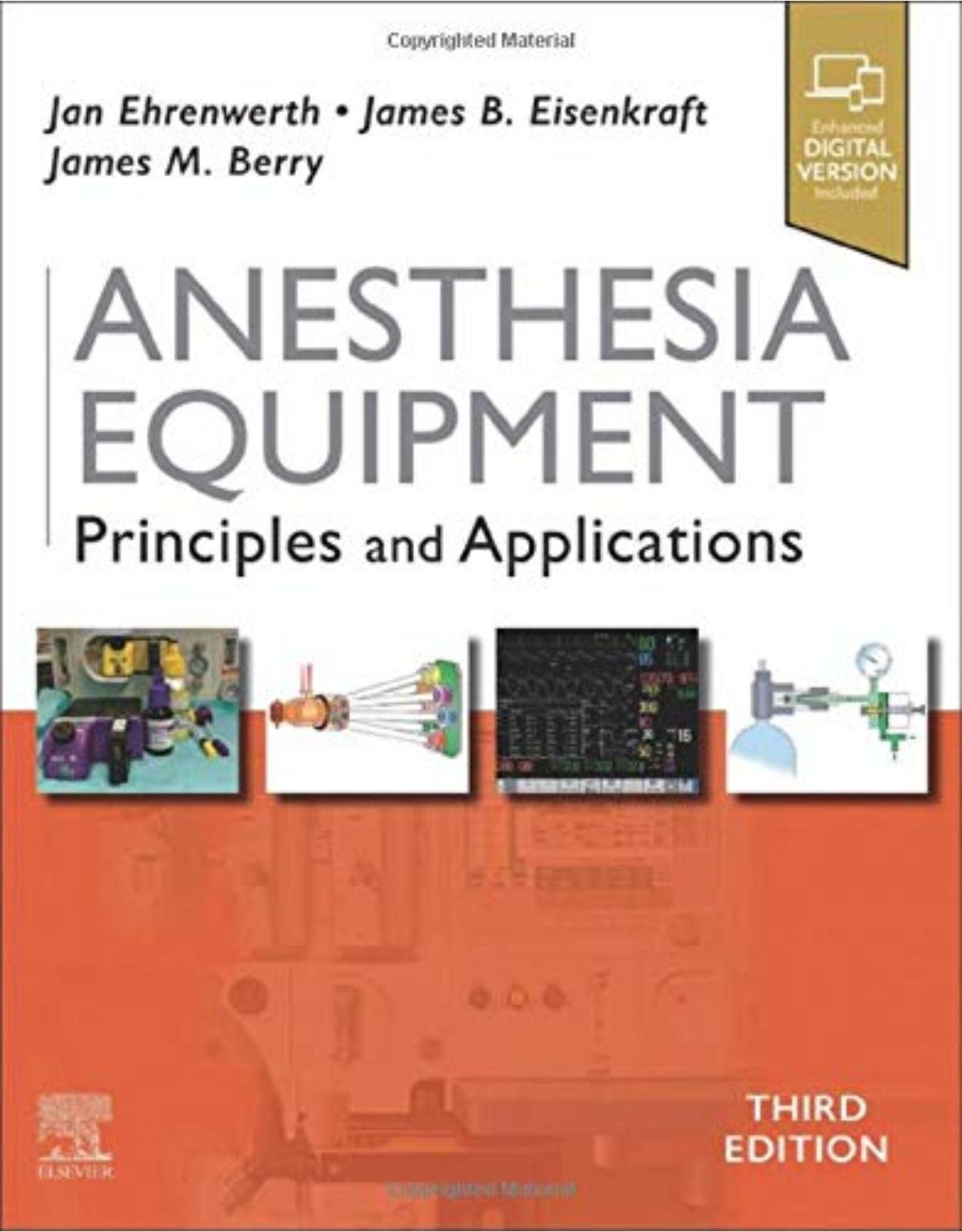
Anesthesia Equipment: Principles and Applications
Livrare gratis la comenzi peste 500 RON. Pentru celelalte comenzi livrarea este 20 RON.
Disponibilitate: La comanda in aproximativ 4 saptamani
Editura: Elsevier
Limba: Engleza
Nr. pagini: 656
Coperta: Hardcover
Dimensiuni: 22.23 x 2.54 x 28.58 cm
An aparitie: 26 Oct. 2020
Description:
Offering highly visual, easy-to-read coverage of the full range of anesthesia equipment in use today, this authoritative reference is your go-to text for objective, informed answers to ensure optimal patient safety. Anesthesia Equipment, 3rd Edition, provides detailed information on the intricate workings of each device or workstation, keeping you fully up to date and helping you meet both equipment and patient care challenges.
Remains unequalled in both depth and breadth of coverage, offering readable, concise guidance on all aspects of today’s anesthesia machines and equipment.
Details the latest machines, vaporizers, ventilators, breathing systems, vigilance, ergonomics, and simulation.
Improves your understanding of the physical principles of equipment, the rationale for its use, delivery systems for inhalational anesthesia, systems monitoring, hazards and safety features, maintenance and quality assurance, special situations/equipment for non-routine adult anesthesia, and future directions for the field.
Includes ASA Practice Parameters for care, and helps you ensure patient safety with detailed advice on risk management and medicolegal implications of equipment use.
Highlights the text with hundreds of full-color line drawings and photographs, graphs, and charts.
Table of Contents:
Part 1. Gases and Ventilation
1. Medical Gases: Storage and Supply
Overview
Medical Gas Cylinders and Their Use
Characteristics of Gas Cylinders
Gas Cylinder Safety Issues
Guidelines for Use of Medical Gas Cylinders
Medical Gas Pipeline Systems
Medical Gas Central Supply Systems
Medical Gas Pipelines
Hazards of Medical Gas Delivery Systems
Procedures
2. The Anesthesia Machine and Workstation
Anesthesia Gas Delivery System
Anesthesia Machine Components
Gas Flow Through the Anesthesia Machine
Anesthesia Workstation Obsolescence and Pre-Use Checks
Contemporary U.S. Anesthesia Workstations
3. Anesthesia Vaporizers
General Principles
Vapor, Evaporation, and Vapor Pressure
Regulating Vaporizer Output
Effect of Use Variables on Vaporizer Function
Contemporary Vaporizers
4. Breathing Circuits
Introduction
History of Device Development
Classifications of Breathing Circuits
Components of a Breathing Circuit
Carbon Dioxide Absorption
Bacterial Filters
Analysis of Specific Circuits
Circuit Malfunction and Safety
5. Waste Anesthetic Gases and Scavenging Systems
Trace Concentrations of Anesthetic Gases
Sources of Anesthetic Gas Contamination
Operating Room Ventilation Systems
Waste Gas Scavenging Systems
Hazards of Scavenging
Low-Flow Scavenging Systems
Anesthetic Leak Detection and Waste Gas Management
Work Practice Recommendations
Monitoring Trace Levels of Anesthetic Gases
Are Trace Concentrations of Waste Anesthetic Gases Hazardous?
Environmental Concerns
Technologies for Reduction of Waste Gas Release to the Environment
Conclusion
6. Anesthesia Ventilators
Overview
History
Physiology and Mechanical Concepts
Physics of Gas Flow
Lung Function During Anesthesia And Mechanical Ventilation
Classification, Special Features, and Modes of Ventilation
Capabilities and Limitations of Anesthesia Ventilators
Modes of Ventilation
Current Designs of Anesthesia Ventilators
Ventilator Concerns With Use
Check-Out Procedures
Summary
7. Humidification and Filtration
Overview
Physics of Humidity
Physiology of Humidification
Filtration
Heat and Moisture Exchangers
Summary
Part 2. System Monitors
8. Respiratory Gas Monitoring
Overview
Gas Sampling Systems
Units of Measurement
Gas Analysis Technologies
Infrared Analysis
Raman Spectroscopy
Water Vapor and Accuracy of Capnometers
Colorimetric Carbon Dioxide Detectors
Oxygen Analyzers
Balance Gas
Exotic Gases
Applications of Gas Monitoring
Complications of Gas Monitoring
Credentialing for Use of Gas Monitoring
Practice Parameters
American Society of Anesthesiologists Standards for Postanesthesia Care
9. Monitoring Ventilation
Overview
Respiratory Rate
Airway Pressures
Volume Measurement
Measurement of Gas Flows
Spirometry, Curves, and Loops
Capnography and Volumetric Capnography
Display of Ventilation Data
Practice Parameters
Part 3. Patient Monitors
10. Capnography
Overview
Terms and Definitions
Measurement Techniques (see also Chapter 8)
Systematic Interpretation of Time Capnography
Volumetric Capnography
Clinical Applications – Time-Based Capnography
Common Pitfalls
The Future
11. Pulse Oximetry
Hemoglobin Saturation and Oxygen Transport
History of Pulse Oximetry
Physics and Engineering of Pulse Oximetry
Sources of Error
Multiwavelength Pulse Oximetry
Clinical Applications: Accuracy, Response, and Limitations
Conclusion
12. Hemodynamic Monitoring
Overview
Arterial Blood Pressure Monitoring
The Pulmonary Artery Catheter
Other Commercially Available Devices
13. Temperature Monitoring
Overview
Thermoregulation
Effects of Anesthesia
Mechanisms of Intraoperative Heat Loss
Effects of Mild Perioperative Hypothermia
Hyperthermic States
Perioperative Temperature Management
Transducers and Devices for Measuring Temperature
Temperature Monitoring Sites
Guidelines for Temperature Monitoring
Summary
Part 4. Other Equipment
14. Airway Equipment
Airway Patency, Access, and Patient Positioning
Patient Positioning
Techniques for Perioperative Oxygenation
Tracheal Tubes
Laryngoscopy
Intubating Adjuncts: Tube Introducers, Tube Exchangers, and Lighted Stylets
Airway Exchange Catheters
Optical Stylets and Tubes
Flexible Intubation Devices
Supraglottic Airways
Invasive Airway Techniques
Conclusion
15. Preventing Transmission of Infectious Diseases
Overview
Hand Hygiene
Equipment
Preventing Blood-Borne Transmission
The Anesthesia Machine
Airborne Transmissible Disease
Managing Infectious Disease Risks to Anesthesia Professionals
16. Infusion Pumps
Background
Gravity-Driven Infusions
Positive-Pressure Pumps
Patient-Controlled Analgesia
Modern Infusion Pump Features
Infusion Safety
Emerging Technologies
Considerations for Pump Selection
Final Thoughts
Part 5. Vigilance, Alarms, and Ergonomics
17. Vigilance, Alarms, and Integrated Monitoring Systems
Overview
Anesthesia Mishaps
Vigilance and Monitoring Performance
Role of Standards in Anesthesia Equipment Design
Alarms
Integrated Monitoring Systems
Conclusions
18. Ergonomics of the Anesthesia Workspace
History
What is Ergonomics?
Ergonomics Research in Anesthesiology
Ergonomics Guidelines
Ergonomics in Design
Summary
Part 6. Special Conditions
19. Closed-Circuit Anesthesia
Principles
Anesthesia Administration and Monitoring
Continuum From High-Flow to Low-Flow Anesthesia
Closed-Circuit Anesthesia
Respiratory Gas Sampling
Buildup of Toxic Substances
Machine Requirements
Using Today’s Technology: Practicalities
Idiosyncrasies of Contemporary Anesthesia Machines
The Future
Summary
20. Anesthesia Delivery in the MRI Environment
Overview
MRI Physics and Clinical Applications
MRI Anesthesia Equipment and Physiologic Monitors
MRI Video Goggles
21. Anesthesia at High Altitude
Overview
Gases Around the Body
Reduced Environmental Pressure
Anesthetic Problems and Altitude
Recommendations for Anesthesia at Altitude
Common Medical Problems and Commercial Flights
Spaceflight
22. Anesthesia in Difficult Locations and in Developing Countries
Inhalational Anesthesia in Difficult Locations
Draw-Over Breathing System
Oxygen Concentrator
Mechanical Ventilators
Recent Developments
Monitoring
Part 7. Safety, Standards, and Quality
23. Hazards of the Anesthesia Delivery System
Perspective
Complications
Circuit Pressure and Volume Problems
Anesthetic Agent Dosage and Administration Problems
Prevention of Complications
Cybersecurity of Medical Devices and the Implications of Cybersecurity Vulnerabilities
Definitions
24. Electrical and Fire Safety
Introduction
Principles of Electricity
Electrical Shock Hazards
Electrical Power: Grounded
Electrical Power: Ungrounded
The Line Isolation Monitor
Ground Fault Circuit Interrupter
Double Insulation
Microshock
Electrosurgery
Environmental Hazards
Electromagnetic Interference
Construction of New Operating Rooms
Fire Safety
25. Machine Checkout and Quality Assurance
Overview
Background
Preanesthesia Checkout
Equipment Quality Assurance
Conclusion
26. Risk Management and Medicolegal Aspects of Anesthesia Equipment Use
Overview
Elements of Risk Management in Anesthesia Practice
Incidence and Characteristics of Adverse Equipment Events
Prevention
Response
Medicolegal Issues
27. Standards and Regulatory Considerations
Overview
Regulation of Medical Devices
Role of Standards in Medical Device Regulation
Medical Device Voluntary Standards
Index
| An aparitie | 26 Oct. 2020 |
| Autor | Jan Ehrenwerth MD , James B. Eisenkraft MD MRCP(UK) FFARCS , James M Berry MD |
| Dimensiuni | 22.23 x 2.54 x 28.58 cm |
| Editura | Elsevier |
| Format | Hardcover |
| ISBN | 9780323672795 |
| Limba | Engleza |
| Nr pag | 656 |

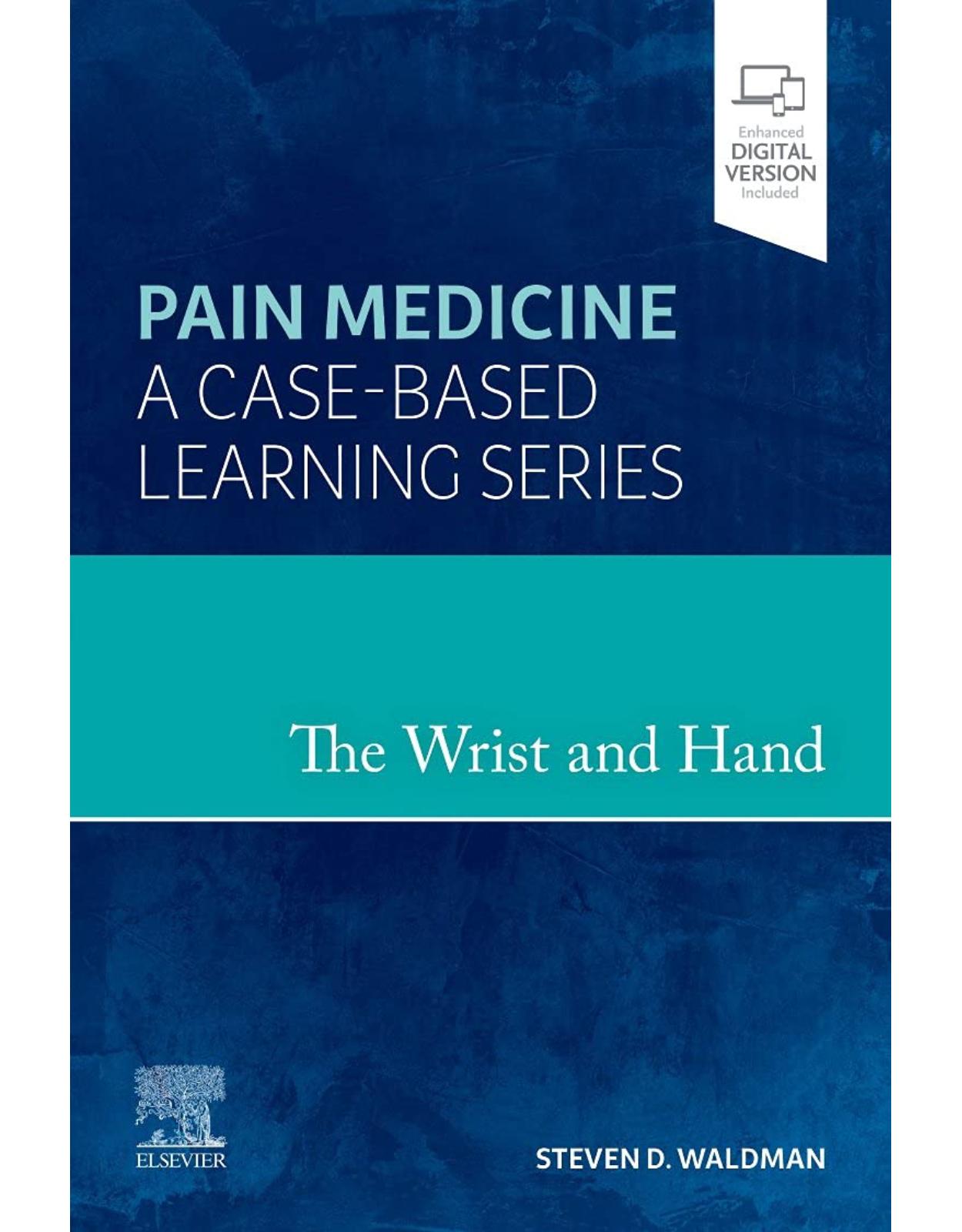
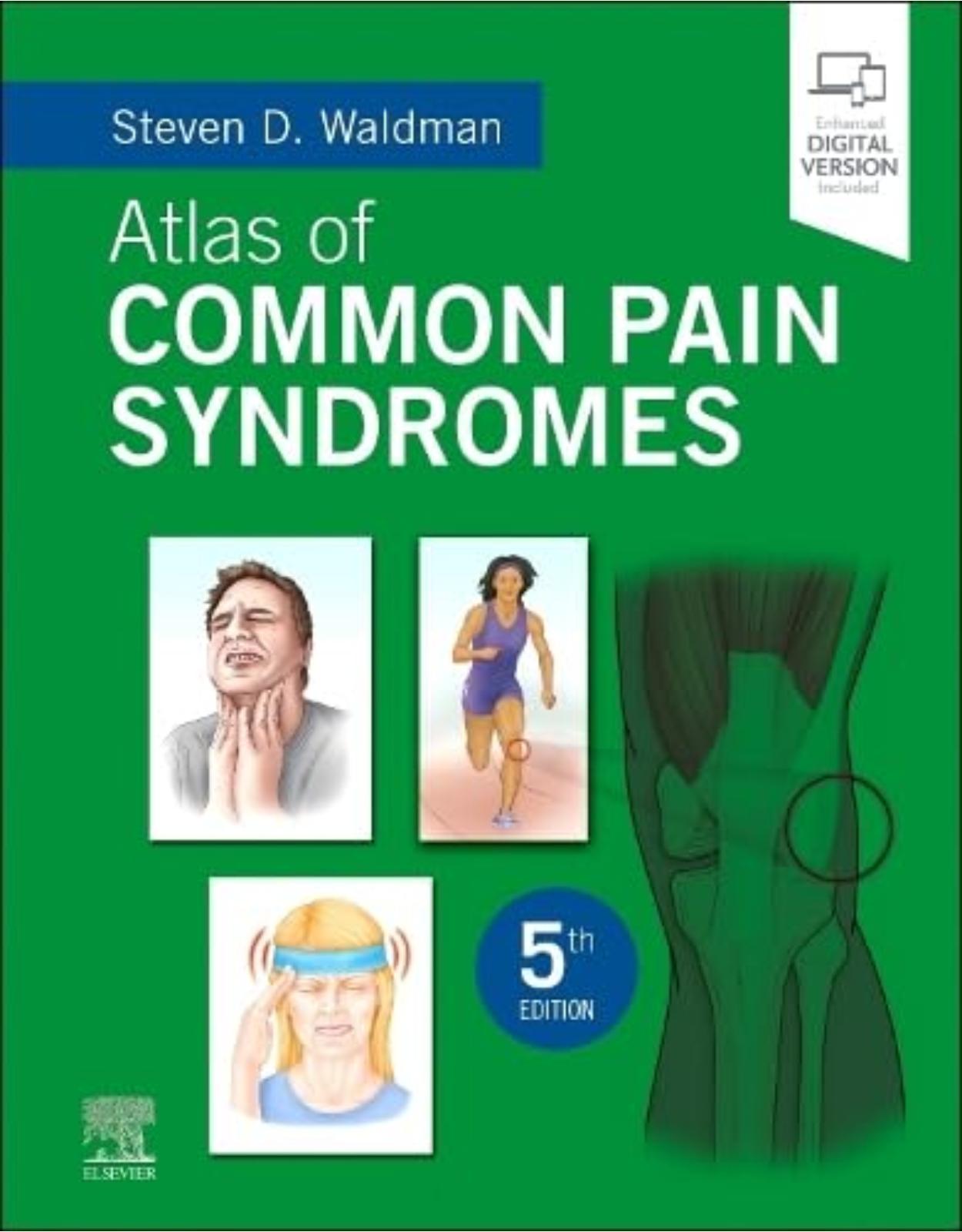
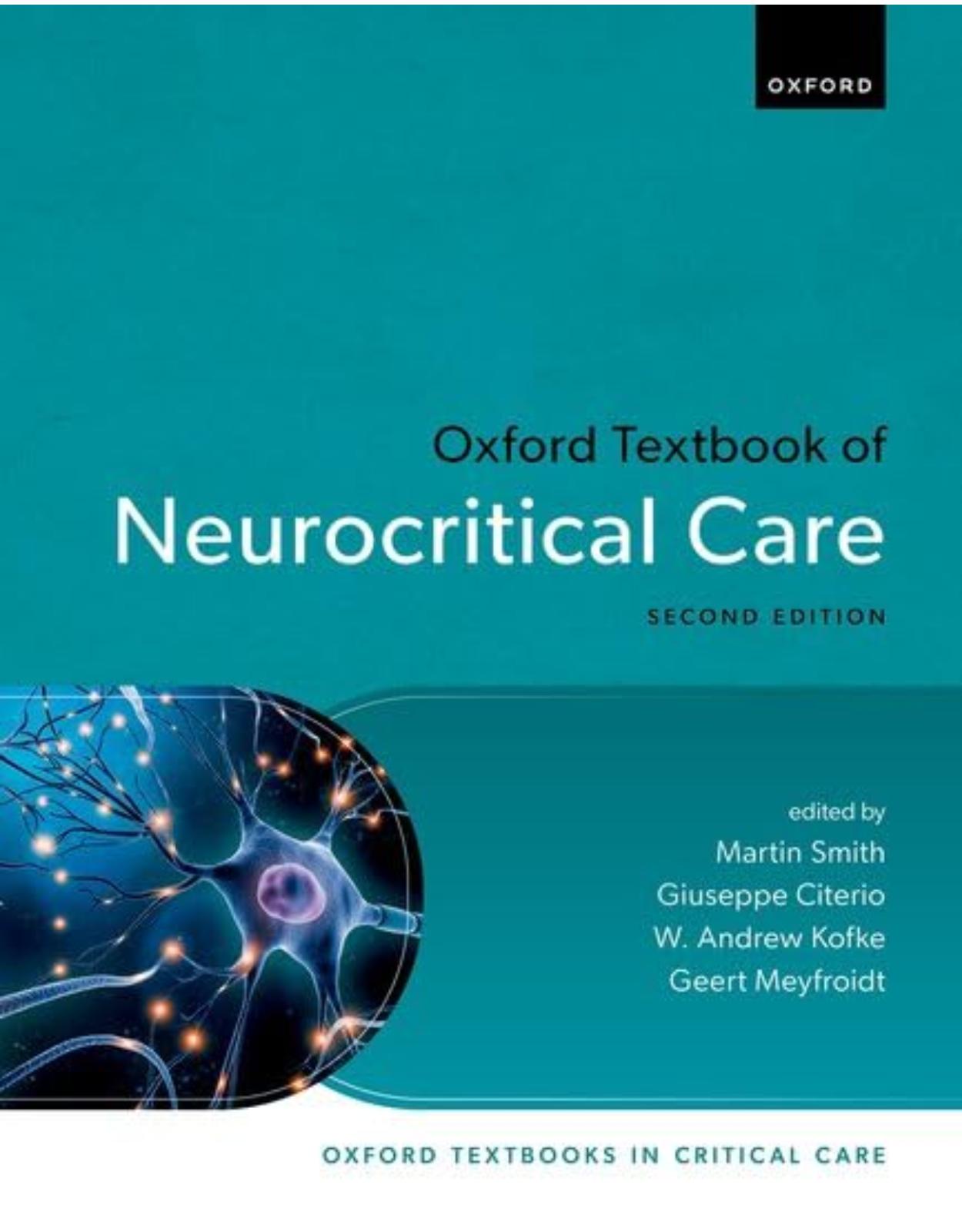
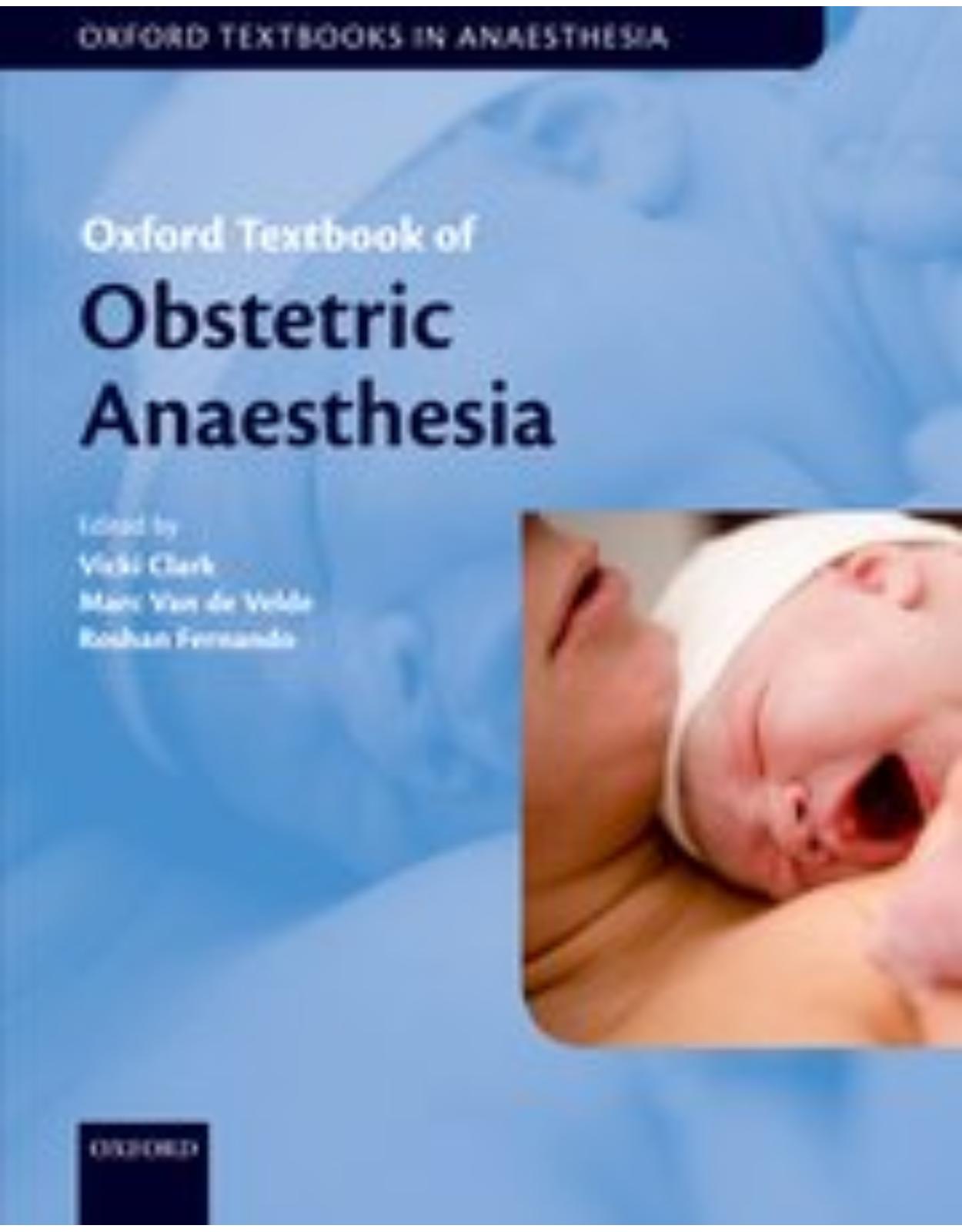

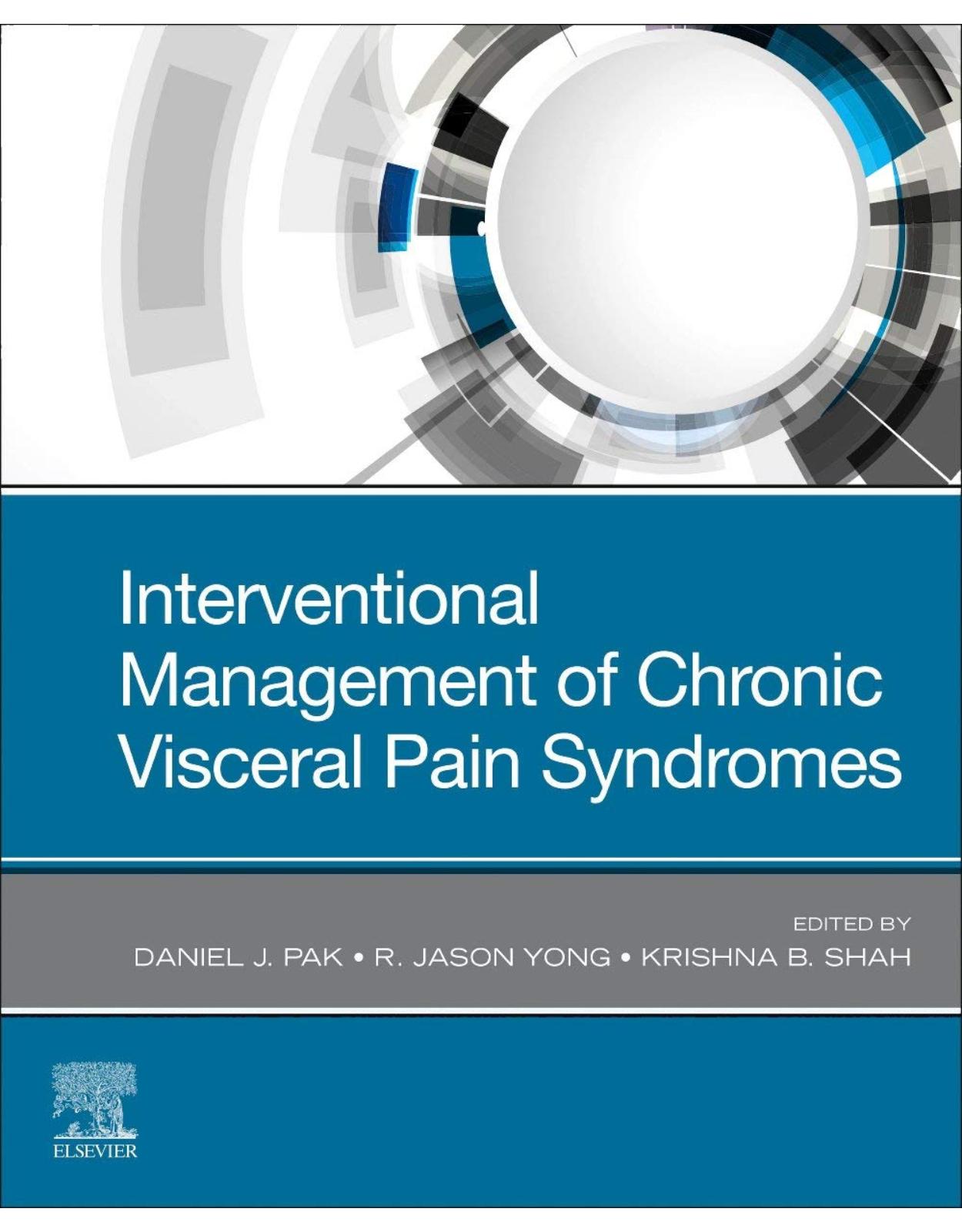
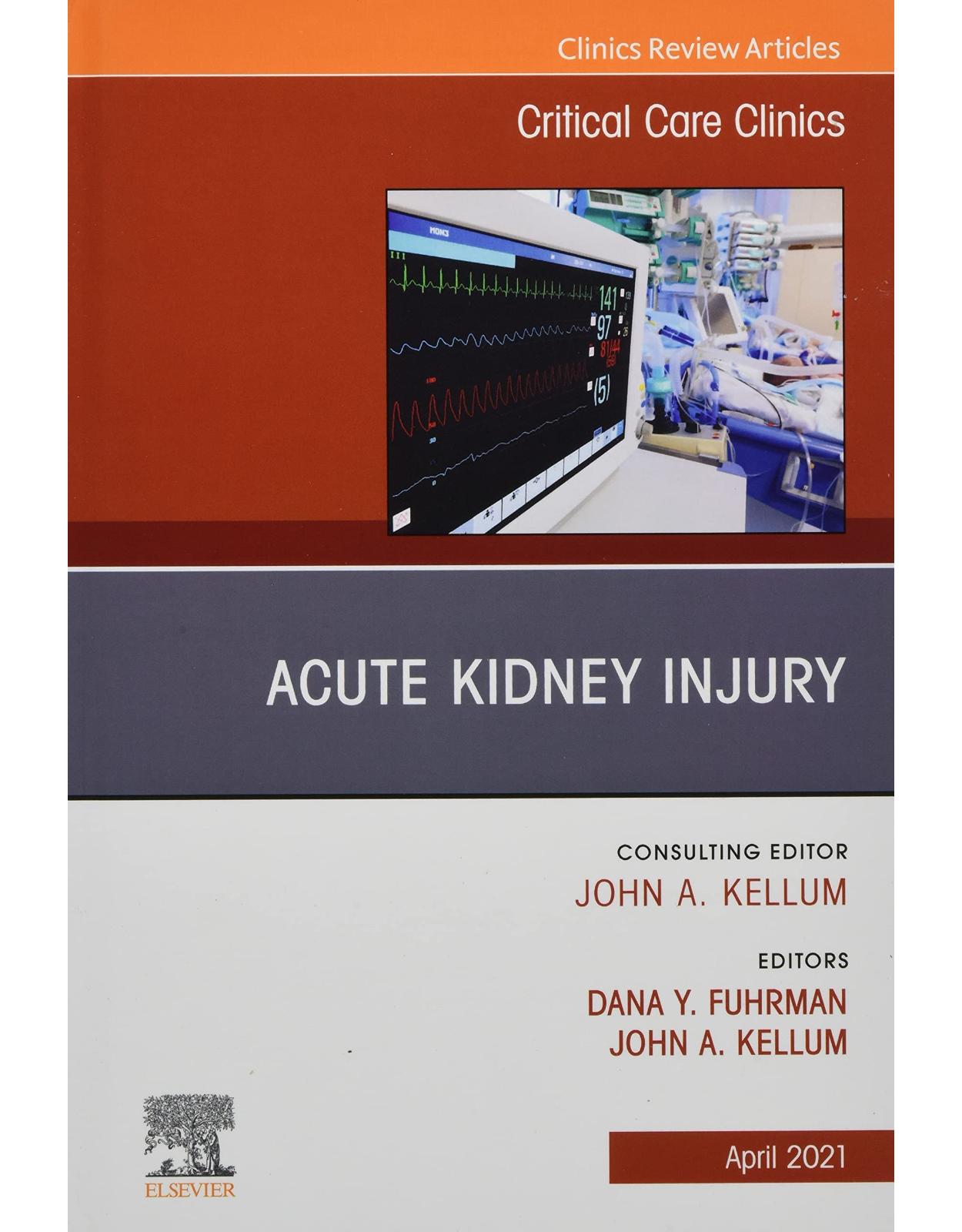
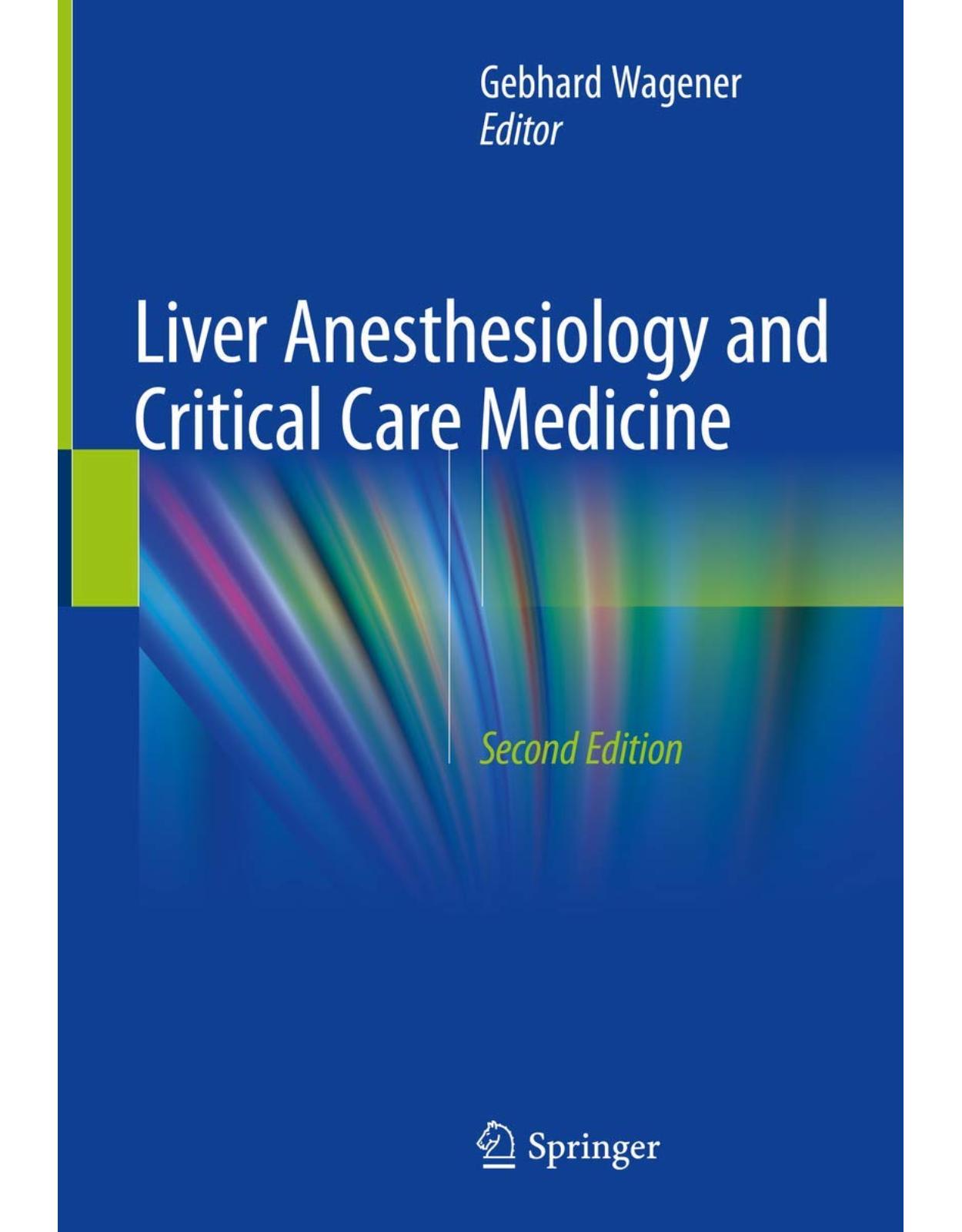

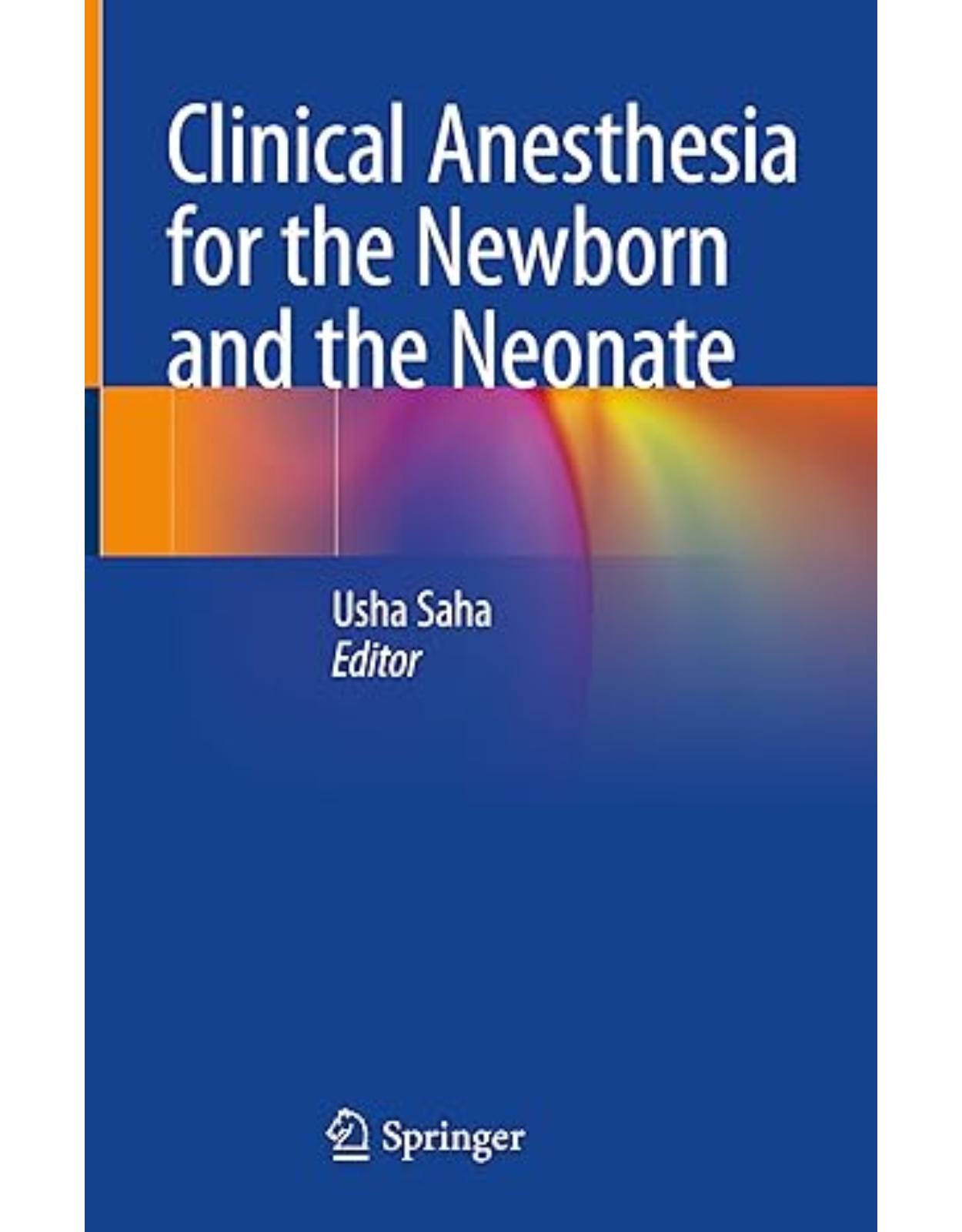
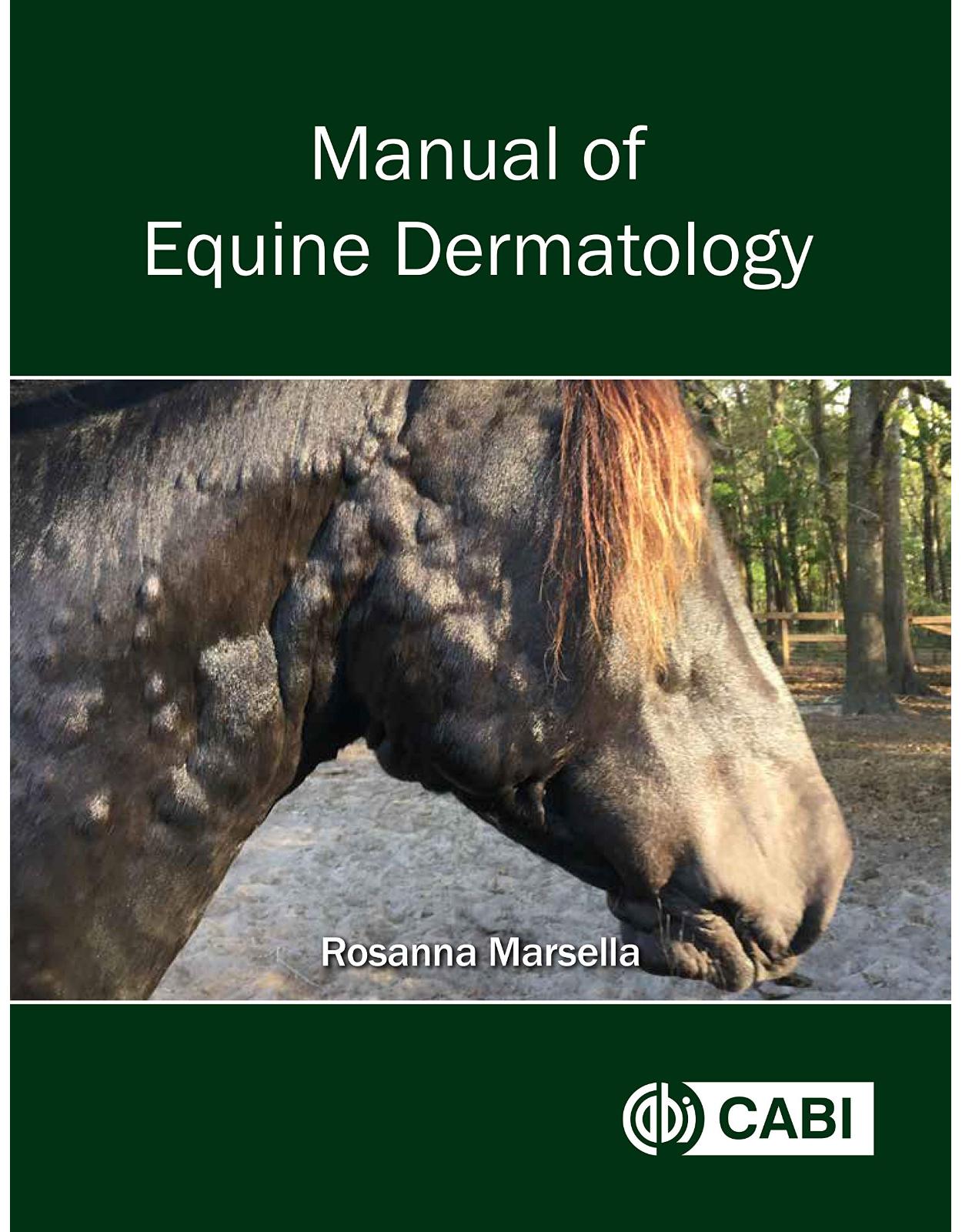




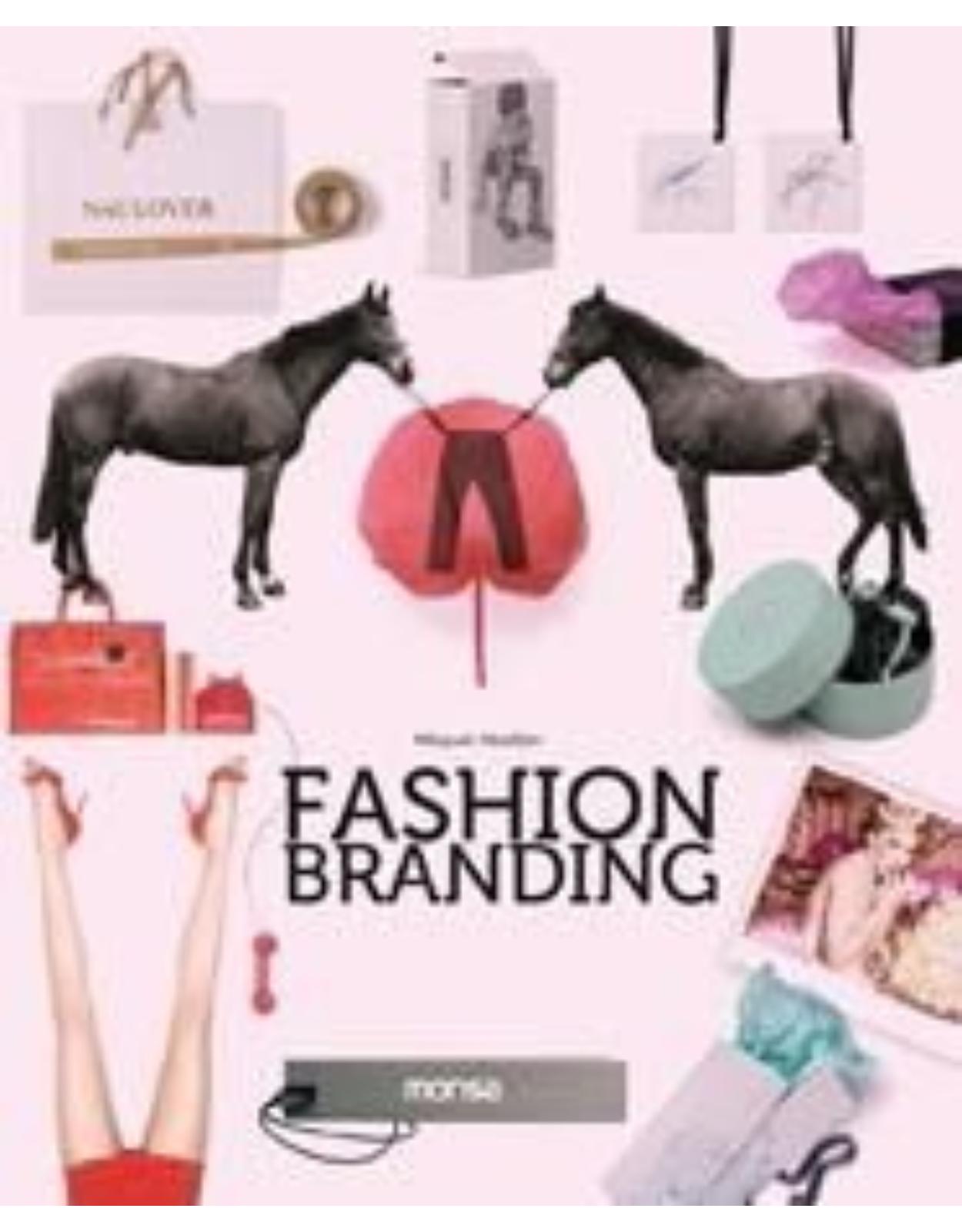

Clientii ebookshop.ro nu au adaugat inca opinii pentru acest produs. Fii primul care adauga o parere, folosind formularul de mai jos.